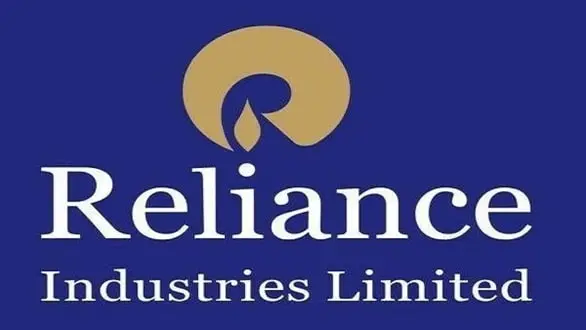Reliance Industries Limited (RIL) continues to be a dominant conglomerate in India, with diversified interests spanning oil-to-chemicals (O2C), telecommunications, retail, and new energy sectors. A comprehensive SWOT analysis—assessing Strengths, Weaknesses, Opportunities, and Threats—provides insight into the company’s current position and future prospects.
Strengths
1. Diversified Business Portfolio: RIL’s extensive operations across various sectors, including O2C, telecommunications (Reliance Jio), retail, and new energy initiatives, provide a balanced revenue stream and reduce dependency on any single industry. This diversification enhances the company’s resilience against sector-specific downturns.
2. Robust Financial Performance: In the third quarter ending December 31, 2024, RIL reported a consolidated net profit of ₹185.40 billion ($2.14 billion), a 7.4% year-over-year increase, surpassing analysts’ expectations. This growth was primarily driven by strong performances in its retail and telecommunications segments.
3. Market Leadership in Telecom and Retail: Reliance Jio, the company’s telecom arm, experienced a 24.4% profit increase in the same quarter, benefiting from tariff hikes and an expanding 5G subscriber base. The retail segment also saw a nearly 7% revenue rise to ₹795.95 billion, bolstered by festive season demand.
4. Strategic Investments in New Energy: RIL is making significant strides in the new energy sector, with plans to roll out a series of projects starting in 2024. The company aims to establish self-reliant supply chains through investments and strategic partnerships in solar power, batteries, and electrolysers. The phased commencement of operations at the Solar PV Giga Factory is anticipated by the end of 2024.

Weaknesses
1. Volatility in O2C Business: The O2C segment has faced challenges due to fluctuating global oil prices and demand-supply imbalances. In the second quarter of FY2024-25, earnings for the O2C segment fell by 23.7%, impacted by unfavorable demand-supply balances and decreased transportation fuel margins.
2. High Capital Expenditure: RIL’s aggressive expansion into new sectors, such as green energy and digital services, requires substantial capital investment. While these investments are strategic for long-term growth, they may strain short-term financials and increase debt levels.
3. Regulatory Challenges: Operating across diverse sectors subjects RIL to a complex web of regulations. Changes in government policies, environmental regulations, or telecom guidelines can pose operational challenges and affect profitability.
Opportunities
1. Expansion in Green Energy: RIL’s commitment to achieving net-zero carbon emissions by 2035 presents opportunities in the renewable energy sector. The company plans to start producing solar photovoltaic modules by year-end and complete the first phase of integrated solar production facilities soon after, with ambitions to generate substantial electricity and infrastructure for green energy.
2. Advancements in Artificial Intelligence (AI): RIL is enhancing its AI adoption across group companies, introducing ‘Jio Brain,’ a collection of AI tools and platforms, along with AI-ready data centers in Jamnagar, Gujarat. This initiative aims to achieve the lowest AI inferencing costs globally, making AI applications more affordable in India.
3. Strategic Partnerships and Acquisitions: The approval of an $8.5 billion merger between Disney and RIL’s local entertainment businesses positions the company to become a dominant force in India’s entertainment industry, competing with giants like Netflix and Sony.
Threats
1. Intensifying Competition: The sectors in which RIL operates, particularly telecommunications and retail, are highly competitive. The entry of new players and aggressive strategies by existing competitors can erode market share and impact margins.
2. Economic Uncertainties: Global economic fluctuations, such as recessions or geopolitical tensions, can affect consumer spending and demand across RIL’s business segments, potentially impacting revenue growth.
3. Technological Disruptions: Rapid technological advancements require continuous innovation. Failure to adapt to new technologies or disruptions can render existing business models obsolete, posing a threat to RIL’s market position.
Conclusion
In 2025, Reliance Industries Limited demonstrates a robust and diversified business model, with significant strengths in its telecom and retail sectors, and strategic initiatives in green energy and AI. While challenges exist in the form of market volatility and regulatory complexities, RIL’s proactive approach to innovation and expansion positions it well to capitalize on emerging opportunities and sustain its leadership in the Indian and global markets.














